Among the social indicators that Sri Lanka is rightly proud of is its achievements in the field of education and health. In both these spheres the provision by the State to provide free education and health has greatly benefitted the poorer sections of society. In fact free education has been a critical factor in helping
Among the social indicators that Sri Lanka is rightly proud of is its achievements in the field of education and health. In both these spheres the provision by the State to provide free education and health has greatly benefitted the poorer sections of society. In fact free education has been a critical factor in helping the upward mobility of the poorer strata of society.
The public health system in the country played a significant role in the country’s management of the Covid 19 pandemic. However while the public health system does serve the needs of the poor and marginalised one senses that much more has to be done to provide those who rely on the public system with the best possible health care.
There is no doubt the medical personnel who man the State Hospitals whether they be doctors, nurses or others are competent and by and large live up to the Hippocratic oath. Given the number of patients that the State Hospitals are called upon to serve, the doctors and nurses are undoubtedly fully stretched and therefore their capacity to provide the extra care necessary for the sick may be limited.
Already short of the manpower to serve the patients at the optimum level the exodus of hundreds of doctors in the recent past have left patients languishing.
According to the Government Medical Officers Association more than 1,700 medical personnel, a large portion of whom are doctors have left Sri Lanka over the past two years alone. This is not counting the large number who migrated to greener pastures with the outbreak of the economic crisis in 2022.
The Government for its part seems to be doing pretty little to stem this exodus of medical personnel which will weaken the public health system no end with the poor and marginalised being the ones hardest hit.
Even before the 2022 economic crisis engulfed the country the State Health system was badly in need of an increase in Government investment in order to add to the numbers of the personnel required to upgrade the quality of the public health service as well as to improve the infrastructure in the State Hospitals.
With the Government’s current focus on the economy and its efforts to pull the country out of bankruptcy, there is hardly any conversation with regard to maintaining the State Health system at the present level let alone improving it.
Last week the situation in the Health Sector came to the fore once again with the news that a large number of CT scan machines in government hospitals had become completely dysfunctional leaving patients in dire straits.
According to the Government Radiological Technologists’ Association, there are a total of 44 CT scan machines in government hospitals out of which seven are non functional at present.
According to media reports the CT scan machines in the OPD of the National Hospital in Colombo, Base Hospital Karawanella, District General Hospital Embilipitiya, Ratnapura General Hospital, the cancer unit of the Hambantota hospital, Base Hospital Kalmunai, Kalutara hospital are not functioning.
The Technologists Association have pointed out that some of these machines have not been in operation for months resulting in inconvenience to poor patients and doctors as well.
The fact that repairs to these vital equipment have not been attended to for months does not speak well of the authorities who should be constantly monitoring the hospitals and ensuring that the necessary equipment is in place all the time.
The reasons for this failure may be either sheer indifference on the part of the administrators which is unforgiveable. Or it may simply be the lack of funds which casts an onus on the Government to allocate the necessary funds for this and other basic facilities that are required for hospitals.
According to some reports the government expenditure on health is less than 2% percent of GDP which is totally insufficient according to health experts and needs to be increased. While academics have been clamouring for a minimum allocation of 6%percent of GDP for education a gradual increase in that direction for the health sector too has to be canvassed.
If adequate resources by way of increase in the number of medical personnel and medical equipment are not provided by Government the laudable objectives of the Public Health system will not be served. At the present level of functioning the margin of error in treatment of patients is great. In fact since there are no health audits in Government hospitals the inadequacies in the system remain hidden and can escape the eyes of administrators and other concerned citizens. The need of the hour is therefore to place the Health Sector high on the priority list notwithstanding the demands of the economy.

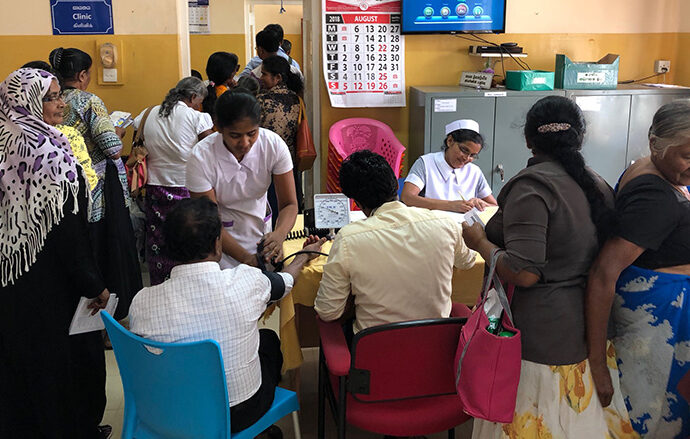
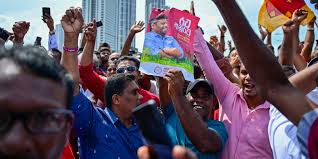
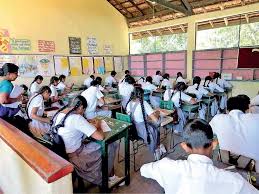
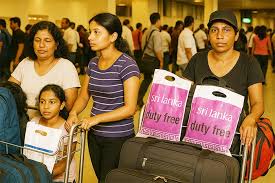
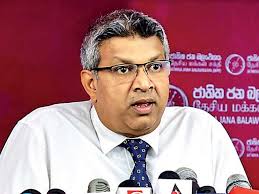
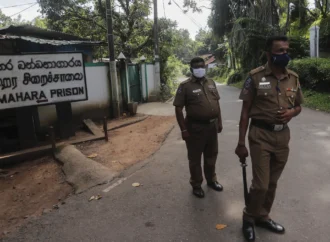
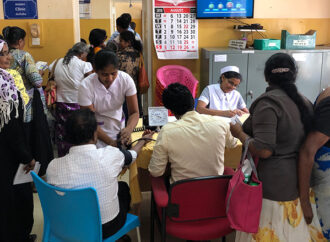
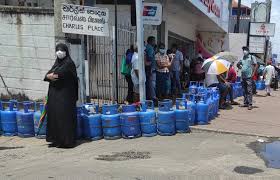

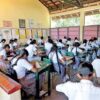


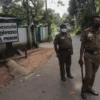
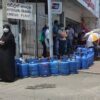


Leave a Comment
Your email address will not be published. Required fields are marked with *